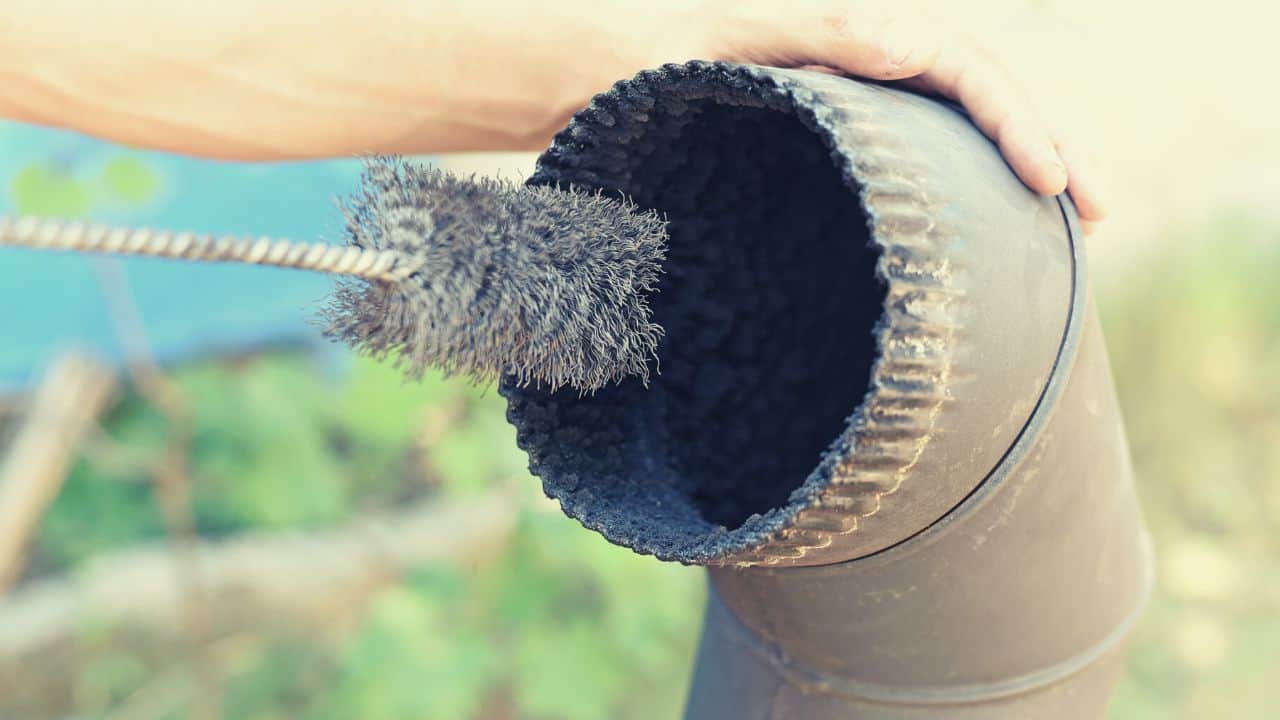

Articles
What Is A Chimney Thimble
Modified: February 24, 2024
Discover what a chimney thimble is and how it can enhance the safety and efficiency of your fireplace. Explore our informative articles on chimney thimbles today!
(Many of the links in this article redirect to a specific reviewed product. Your purchase of these products through affiliate links helps to generate commission for Storables.com, at no extra cost. Learn more)
Introduction
Welcome to our comprehensive guide on chimney thimbles! If you’re a homeowner with a fireplace or wood-burning stove, you may have heard of chimney thimbles and wondered what they are and how they can benefit your home. In this article, we will explore the definition, purpose, installation process, and maintenance tips for chimney thimbles. Whether you’re a seasoned DIY enthusiast or new to the world of chimney systems, this guide will provide you with the knowledge and insights you need to make informed decisions regarding your chimney setup.
A chimney thimble is an essential component of a chimney system, acting as a passageway that allows a stove pipe or flue liner to connect seamlessly with the chimney. It serves as a protective and functional barrier between the chimney and the combustible materials used to construct the surrounding walls. The primary purpose of a chimney thimble is to provide a safe and efficient means of venting smoke and gases from your fireplace or wood-burning stove.
There are various types of chimney thimbles available, including metal thimbles, ceramic thimbles, and pre-fabricated thimbles. Each type has its own set of advantages and disadvantages, which we will explore in more detail later in this guide. The choice of chimney thimble will depend on factors such as the type of fuel being burned, the size of the chimney, and the specific requirements of your heating appliance.
When it comes to the installation process, it’s important to follow the manufacturer’s guidelines and consult with a licensed professional if needed. Proper installation ensures the longevity and efficiency of your chimney system. We will cover the step-by-step installation process in this article, along with some useful maintenance and troubleshooting tips to help you keep your chimney thimble in optimal working condition.
Safety should always be a top consideration when using a chimney thimble. It’s essential to have your chimney inspected and maintained regularly by a certified chimney sweep to prevent the risk of chimney fires, carbon monoxide leaks, and other potential hazards. We will discuss safety considerations in more detail later in this guide, so you can enjoy a warm and cozy fire without compromising your well-being.
Now that we’ve provided a brief overview, let’s delve deeper into the world of chimney thimbles. Join us as we explore the definition, function, advantages, installation process, maintenance tips, and safety considerations associated with this vital component of your chimney system.
Key Takeaways:
- Chimney thimbles are essential for safe and efficient venting of smoke and gases from fireplaces or wood-burning stoves. Proper installation, regular maintenance, and adherence to safety measures are crucial for a reliable chimney system.
- Choosing the right type of chimney thimble, such as metal, ceramic, or pre-fabricated, is crucial for a well-functioning chimney setup. Prioritizing safety, regular inspections, and following manufacturer guidelines are key to enjoying a warm and cozy fire without compromising safety.
Read more: What Is Chimney Soot
Definition of a Chimney Thimble
A chimney thimble is a cylindrical or rectangular-shaped device that serves as a passage or sleeve through a combustible wall or structure to allow a stove pipe or flue liner to connect with the chimney. It acts as a protective barrier, shielding the wall from the heat generated by the fireplace or wood-burning stove and preventing direct contact between the hot component and the surrounding flammable materials.
The purpose of a chimney thimble is to create a safe and efficient venting system for smoke, gases, and byproducts produced during the combustion process. By providing a sealed connection between the chimney and the appliance, a chimney thimble ensures that the exhaust gases are properly directed out of the home, reducing the risk of carbon monoxide poisoning and maintaining indoor air quality.
Chimney thimbles come in various materials, including metal, ceramic, and pre-fabricated materials like concrete or cast iron. The choice of material depends on factors such as the type of fuel being burned, the size and design of the chimney, and the specific requirements of the heating appliance.
Metal chimney thimbles, typically made of stainless steel or galvanized steel, are known for their durability and resistance to high temperatures. They are available in different sizes and can be adjustable or fixed, allowing for flexibility in installation. Ceramic chimney thimbles are made from fire-resistant clay or refractory materials, providing excellent thermal insulation and stability. Pre-fabricated chimney thimbles are factory-made components that offer ease of installation and are designed to meet specific codes and standards.
In summary, a chimney thimble is a vital component of a chimney system that allows for a safe and efficient connection between a stove pipe or flue liner and the chimney. Its purpose is to protect the surrounding wall from heat, ensure proper venting of smoke and gases, and maintain indoor air quality. With different materials and designs available, choosing the right chimney thimble for your specific needs is crucial for a well-functioning and reliable chimney system.
Purpose and Function of a Chimney Thimble
The purpose of a chimney thimble is to provide a safe and efficient means of venting smoke, gases, and byproducts from a fireplace or wood-burning stove out of the home. It serves as a passageway that connects the stove pipe or flue liner with the chimney, ensuring that the exhaust gases are directed away from the living space, reducing the risk of carbon monoxide poisoning and improving indoor air quality.
One of the primary functions of a chimney thimble is to protect the combustible wall or structure from the intense heat generated by the fireplace or stove. By creating a barrier between the hot component and the surrounding flammable materials, the chimney thimble helps prevent the risk of fire and damage to the property. This is especially important when the chimney passes through a wall constructed of wood, drywall, or other combustible materials.
Chimney thimbles also play a crucial role in maintaining the efficiency of the chimney system. By providing a sealed connection between the appliance and the chimney, they prevent any leaks or loss of combustion byproducts, ensuring that the smoke and gases exit the home through the intended path. This allows the heating appliance to operate at its optimal level, providing maximum heat output while minimizing the buildup of creosote, a flammable substance that can accumulate inside the chimney.
Additionally, chimney thimbles contribute to the overall safety of the chimney system by reducing the possibility of backdrafts. Backdrafts occur when the pressure inside the chimney is lower than the pressure outside, causing smoke and gases to flow back into the living space. The thimble helps to maintain proper draft by providing a secure and dedicated passage for the exhaust gases, preventing any unwanted reverse flow.
Furthermore, chimney thimbles are designed to withstand high temperatures. They are constructed from durable materials, such as metal or fire-resistant ceramics, that can withstand the intense heat produced by the fireplace or stove. This ensures that the thimble remains structurally sound and safe, even during extended periods of use.
Overall, the purpose and function of a chimney thimble are to provide a safe and efficient means of venting smoke and gases, protecting the surrounding wall from heat, maintaining the efficiency of the chimney system, and minimizing the risk of fire and backdrafts. Whether you’re using a stove pipe or a flue liner, a properly installed and well-maintained chimney thimble is an essential component in a reliable and effective chimney setup.
Types of Chimney Thimbles
When it comes to chimney thimbles, there are different types available, each offering unique features and benefits. The choice of chimney thimble depends on factors such as the type of fuel being burned, the size of the chimney, and the specific requirements of your heating appliance. Let’s explore some of the most common types of chimney thimbles:
1. Metal Thimbles: Metal chimney thimbles are widely used and come in various materials such as stainless steel or galvanized steel. They are known for their durability, heat resistance, and longevity. Metal thimbles are available in different sizes and can be adjustable or fixed, allowing for flexibility in installation. They provide a strong and secure connection between the stove pipe or flue liner and the chimney, ensuring efficient venting.
2. Ceramic Thimbles: Ceramic chimney thimbles are made from fire-resistant clay or refractory materials. They offer excellent thermal insulation properties and are capable of withstanding high temperatures. Ceramic thimbles provide a sturdy and heat-resistant passage for the stove pipe or flue liner, protecting the surrounding combustible materials. They are a popular choice for their ability to retain heat and improve the efficiency of the chimney system.
3. Pre-Fabricated Thimbles: Pre-fabricated chimney thimbles are factory-made components designed to meet specific codes and standards. They are typically made from concrete or cast iron and are available in different designs and sizes. Pre-fabricated thimbles provide ease of installation and ensure a secure and reliable connection between the chimney and the stove pipe or flue liner. They are often used in situations where a quick and efficient installation is required.
4. Adjustable Thimbles: Adjustable chimney thimbles offer the flexibility to accommodate different wall thicknesses. They can be extended or retracted to fit the specific dimensions of the wall, making them suitable for various installation scenarios. Adjustable thimbles are often made of metal and provide a secure and customizable connection between the chimney and the heating appliance.
5. Pre-Insulated Thimbles: Pre-insulated chimney thimbles feature integrated insulation, providing enhanced thermal protection. They are designed to minimize heat transfer to the surrounding wall, reducing the risk of overheating and potential fire hazards. Pre-insulated thimbles are often used in situations where extra insulation is required or recommended.
It’s important to consult with a professional or refer to manufacturer guidelines to determine the most appropriate type of chimney thimble for your specific needs. Consider factors such as the type of fuel being burned, the size and design of the chimney, and any local building codes or regulations that may apply. By selecting the right type of chimney thimble, you can ensure a safe, efficient, and reliable chimney system for your home.
Advantages and Disadvantages of Using a Chimney Thimble
When it comes to chimney systems, using a chimney thimble offers several advantages. However, there are also a few disadvantages to consider. Let’s explore both sides to help you make an informed decision:
Advantages:
- Improved Safety: One of the primary advantages of using a chimney thimble is improved safety. It acts as a protective barrier between the hot components of the chimney, such as the stove pipe or flue liner, and the surrounding combustible materials. This reduces the risk of fire and protects the structural integrity of the wall.
- Efficient Venting: A chimney thimble provides a sealed connection between the chimney and the heating appliance, ensuring that the smoke, gases, and byproducts of combustion are directed out of the home. This improves the efficiency of the chimney system and helps maintain good indoor air quality.
- Flexibility: Chimney thimbles come in various sizes and designs, allowing for flexibility in installation. Adjustable thimbles, for example, can accommodate different wall thicknesses, making them suitable for a range of installation scenarios.
- Longevity: Well-made chimney thimbles are durable and built to withstand high temperatures. Metal thimbles, for example, are known for their longevity. Choosing a quality chimney thimble can ensure that your chimney system lasts for many years.
Disadvantages:
- Initial Cost: The cost of a chimney thimble, especially if you opt for more advanced or specialized options, can be a disadvantage for some homeowners. However, the long-term benefits in terms of safety and efficiency may outweigh the initial investment.
- Installation Complexity: Depending on the type of chimney thimble and the specific requirements of your chimney system, the installation process can be complex. It may require the assistance of a professional chimney sweep or technician, adding to the overall cost.
- Maintenance: Like any component of a chimney system, chimney thimbles require regular maintenance to ensure their optimal performance. This may include cleaning, inspecting for any signs of damage or deterioration, and addressing any issues promptly.
It is important to carefully consider the advantages and disadvantages of using a chimney thimble in your specific situation. The improved safety, efficient venting, flexibility, and longevity can greatly benefit your chimney system. However, the initial cost, installation complexity, and ongoing maintenance should also be taken into account. Consulting with professionals and following manufacturer guidelines will help you make the best decision for your home and chimney system.
A chimney thimble is a metal sleeve used to protect combustible materials from heat and to provide a passage for a stove pipe or chimney to pass through a wall or floor. It helps to maintain proper clearances and prevent fires.
Read more: What Is A Chimney Balloon
Installation Process of a Chimney Thimble
The installation process of a chimney thimble can vary based on the specific type of thimble and the requirements of your chimney system. It is crucial to follow the manufacturer’s guidelines and consult with a professional if needed to ensure proper installation. Here is a general step-by-step guide to help you understand the installation process:
1. Prepare the Opening: Begin by preparing the opening in the wall where the chimney thimble will be installed. This involves measuring and marking the location, ensuring proper clearance from any combustible materials. Cut a hole in the wall of the appropriate size to accommodate the thimble, following the specifications provided by the manufacturer.
2. Install the Thimble: Place the chimney thimble into the hole, aligning it properly. If the thimble is adjustable, ensure that it is set to the correct size for your wall thickness. Secure the thimble in place using the recommended fasteners or brackets provided by the manufacturer. Follow any specific instructions for attaching the thimble securely to the wall.
3. Connect the Stove Pipe or Flue Liner: Connect the stove pipe or flue liner to the chimney thimble according to the manufacturer’s guidelines. This may involve sliding the pipe or liner into the thimble and securing it with clamps or other connectors. Make sure the connection is airtight to prevent any leaks or backdrafts.
4. Insulate (if necessary): In some cases, insulation may be required around the chimney thimble to protect the surrounding wall and improve thermal efficiency. Follow the manufacturer’s recommendations for insulation materials and installation techniques.
5. Seal and Finish: Once the thimble and connections are in place, seal any gaps or openings around the thimble to ensure a tight seal. This can be done using appropriate high-temperature sealant or insulation materials. Finally, finish the surrounding wall as desired, taking care to maintain proper clearances and comply with any local building codes or regulations.
6. Conduct a Test: After installation, it’s important to conduct a test to ensure the chimney thimble is functioning correctly. Light a small fire in the heating appliance and observe the smoke and gases being vented through the chimney. Check for any signs of leaks, backdrafts, or insufficient draft. If any issues are detected, consult with a professional chimney sweep or technician to address them promptly.
Remember, proper installation is essential for the safety and efficiency of your chimney system. If you are unsure or uncomfortable with the installation process, it is highly recommended to seek professional assistance. A certified chimney sweep or technician can provide expert guidance and ensure that the chimney thimble is installed correctly for optimal performance.
Maintenance and Troubleshooting Tips for Chimney Thimbles
Maintaining your chimney thimble is crucial to ensure the safety, performance, and longevity of your chimney system. Here are some maintenance and troubleshooting tips to help you keep your chimney thimble in optimal working condition:
1. Regular Inspections: Schedule regular inspections of your chimney system by a certified chimney sweep. They will check the condition of the thimble, including any signs of damage, wear, or deterioration. Regular inspections help identify potential issues early on and prevent them from escalating into significant problems.
2. Cleaning: Clean your chimney thimble regularly to prevent the buildup of creosote and other debris. How often you need to clean will depend on factors such as the type of fuel being burned and the frequency of use. Consult with a chimney professional to determine the recommended cleaning schedule and appropriate cleaning methods.
3. Clearances: Ensure that the surrounding area of the chimney thimble remains clear of any combustible materials. Maintain the proper clearances as recommended by your local building codes and the manufacturer’s guidelines. This includes keeping furniture, curtains, and other flammable items a safe distance away from the thimble.
4. Insulation Check: If your chimney thimble is insulated, periodically inspect the insulation for any signs of damage or deterioration. Replace it if necessary to maintain optimal insulation properties and protect the surrounding wall from heat.
5. Smoke and Draft Issues: If you experience issues with smoke buildup or inadequate draft, it may indicate a problem with the chimney thimble or the chimney system as a whole. In such cases, it is recommended to consult with a professional chimney sweep or technician to identify and resolve the underlying issues.
6. Addressing Damage: If you notice any cracks, gaps, or other damage to the chimney thimble, it’s crucial to address them promptly. Damaged thimbles can compromise the safety and efficiency of your chimney system. Contact a professional for repairs or replacement to ensure proper functionality.
7. Carbon Monoxide and Smoke Alarms: Install and regularly test carbon monoxide detectors and smoke alarms in your home. These safety devices can alert you to the presence of dangerous gases or a potential fire, providing an early warning and allowing you to take appropriate action.
8. Professional Maintenance: While there are maintenance tasks you can handle on your own, it is still important to have your chimney system professionally inspected and maintained on a regular basis. Certified chimney sweeps have the expertise, tools, and knowledge to address any underlying issues and ensure the safe operation of your chimney thimble.
Remember, proper maintenance and prompt troubleshooting are essential for the safety and optimal performance of your chimney thimble. By following these tips and seeking professional assistance when needed, you can enjoy a reliable and efficient chimney system for years to come.
Safety Considerations when Using a Chimney Thimble
When using a chimney thimble in your home, it is crucial to prioritize safety to prevent potential hazards and ensure the well-being of your household. Here are some important safety considerations to keep in mind:
1. Professional Installation: Proper installation of the chimney thimble is vital for safety. It is recommended to consult with a certified professional or chimney sweep for installation to ensure compliance with local building codes and regulations. Professional installation ensures that the thimble is correctly positioned, reducing the risk of fire and ensuring optimal venting.
2. Regular Inspections: Schedule regular inspections of your chimney system by a certified chimney sweep. They will thoroughly assess the condition of the chimney thimble and the entire chimney system, checking for any signs of damage or deterioration. Regular inspections help identify potential hazards early on and allow for prompt maintenance or repairs.
3. Carbon Monoxide Monitoring: Install carbon monoxide (CO) detectors in your home, especially near sleeping areas. Carbon monoxide is a silent and odorless gas that can be produced during the combustion process. A malfunctioning chimney system or a blocked chimney thimble can lead to carbon monoxide buildup. Early detection of carbon monoxide is critical for the safety of your household, as exposure to high levels of CO can be fatal.
4. Creosote Buildup: Creosote is a highly flammable substance that can accumulate inside the chimney. Regular cleaning and maintenance are necessary to remove creosote buildup and reduce the risk of chimney fires. Consult with a professional chimney sweep to determine the recommended cleaning schedule based on the type of fuel you burn and the frequency of use.
5. Proper Venting: The chimney thimble plays a crucial role in directing smoke, gases, and combustion byproducts out of your home. To ensure proper venting, it is essential to use the correct size and type of chimney thimble for your specific chimney system. This will prevent backdrafts and ensure efficient airflow, reducing the risk of harmful gases entering your living space.
6. Clearances: Maintain proper clearances around the chimney thimble to prevent any contact between combustible materials and the hot components of the chimney system. Consult local building codes and the manufacturer’s guidelines to determine the required clearances. Keep furniture, curtains, and other flammable items a safe distance away from the thimble.
7. Regular Maintenance: In addition to inspections, regular maintenance is crucial for the safe operation of your chimney thimble. Keep the thimble clean, address any signs of damage promptly, and follow the manufacturer’s recommendations for maintenance tasks. This includes checking and replacing gaskets, seals, and insulation materials as needed.
8. Proper Disposal of Ashes: When cleaning out your fireplace or wood-burning stove, ensure that ashes are completely cooled before disposal. Use a metal container with a tight-fitting lid and store it away from combustible materials until the ashes can be safely discarded. Hot ash can cause fires if not handled properly.
By considering these safety measures and staying proactive in the maintenance and operation of your chimney thimble, you can enjoy the benefits of a warm and cozy fire while keeping your home and loved ones safe.
Conclusion
Chimney thimbles play a vital role in the safe and efficient operation of your chimney system. Whether you have a fireplace or a wood-burning stove, understanding the definition, purpose, types, installation process, maintenance, and safety considerations of chimney thimbles is crucial for a well-functioning and reliable chimney setup.
Chimney thimbles act as a protective barrier, allowing for a safe passage through a combustible wall or structure to connect the stove pipe or flue liner with the chimney. They protect the surrounding materials from heat, ensure efficient venting of smoke and gases, and maintain indoor air quality.
There are different types of chimney thimbles available, including metal thimbles, ceramic thimbles, and pre-fabricated thimbles. Each type has its unique advantages, and the right choice depends on factors such as fuel type, chimney size, and specific appliance requirements.
The installation process of a chimney thimble requires precision and adherence to manufacturer guidelines. It is recommended to consult with professionals to ensure proper installation and a secure connection between the thimble, stove pipe or flue liner, and the chimney.
Regular maintenance and inspections are essential to ensure the continued safety and efficiency of chimney thimbles. Cleaning, checking for damage, and addressing issues promptly are necessary maintenance tasks. Carbon monoxide monitoring, maintaining clearances, and following safety guidelines are also crucial.
In conclusion, a well-maintained and properly installed chimney thimble is crucial for the safe and efficient operation of your chimney system. By understanding the definition, purpose, installation process, maintenance, and safety considerations, you can enjoy the warmth of a cozy fire while minimizing the risk of fire hazards and ensuring the well-being of your household. When it comes to chimney thimbles, prioritizing safety is a key ingredient for a reliable and enjoyable fireplace experience.
Frequently Asked Questions about What Is A Chimney Thimble
Was this page helpful?
At Storables.com, we guarantee accurate and reliable information. Our content, validated by Expert Board Contributors, is crafted following stringent Editorial Policies. We're committed to providing you with well-researched, expert-backed insights for all your informational needs.

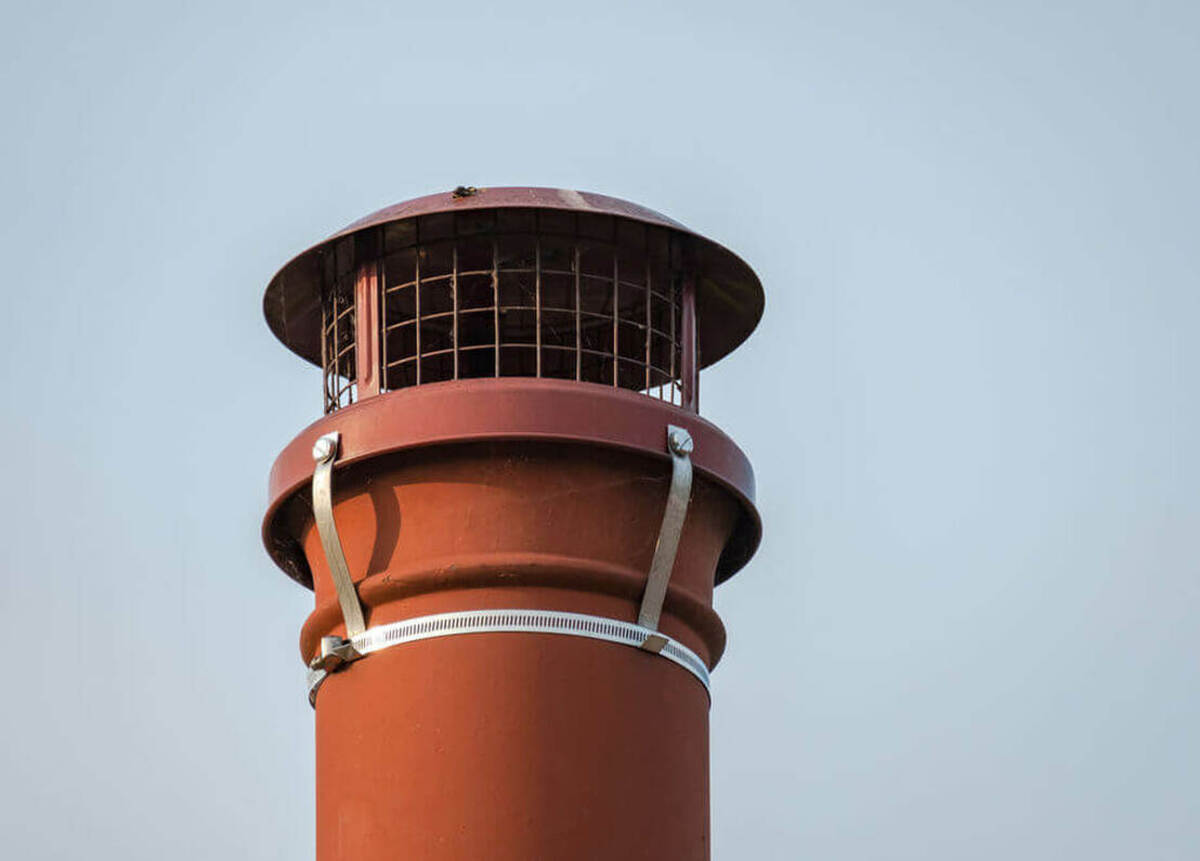
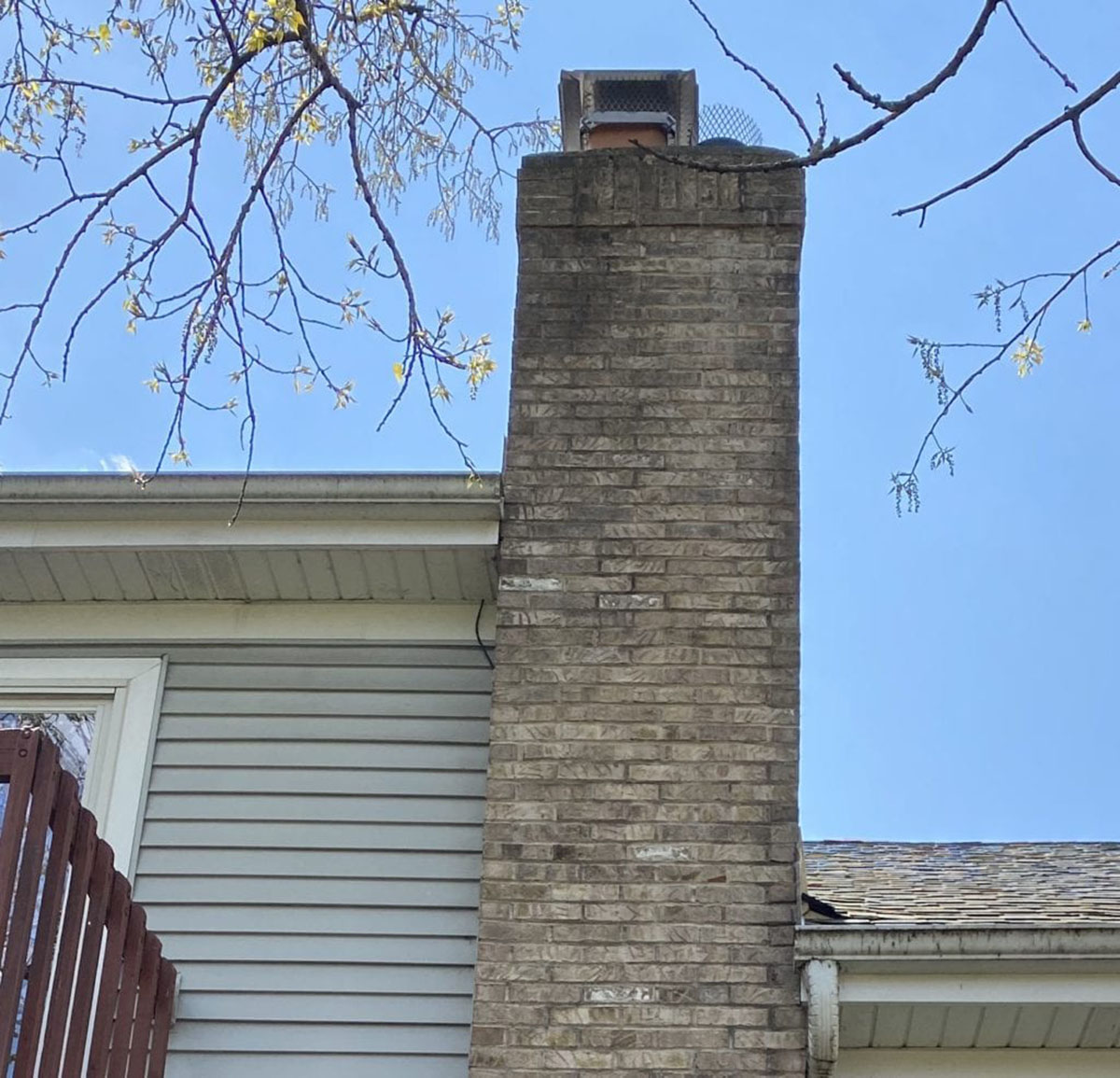
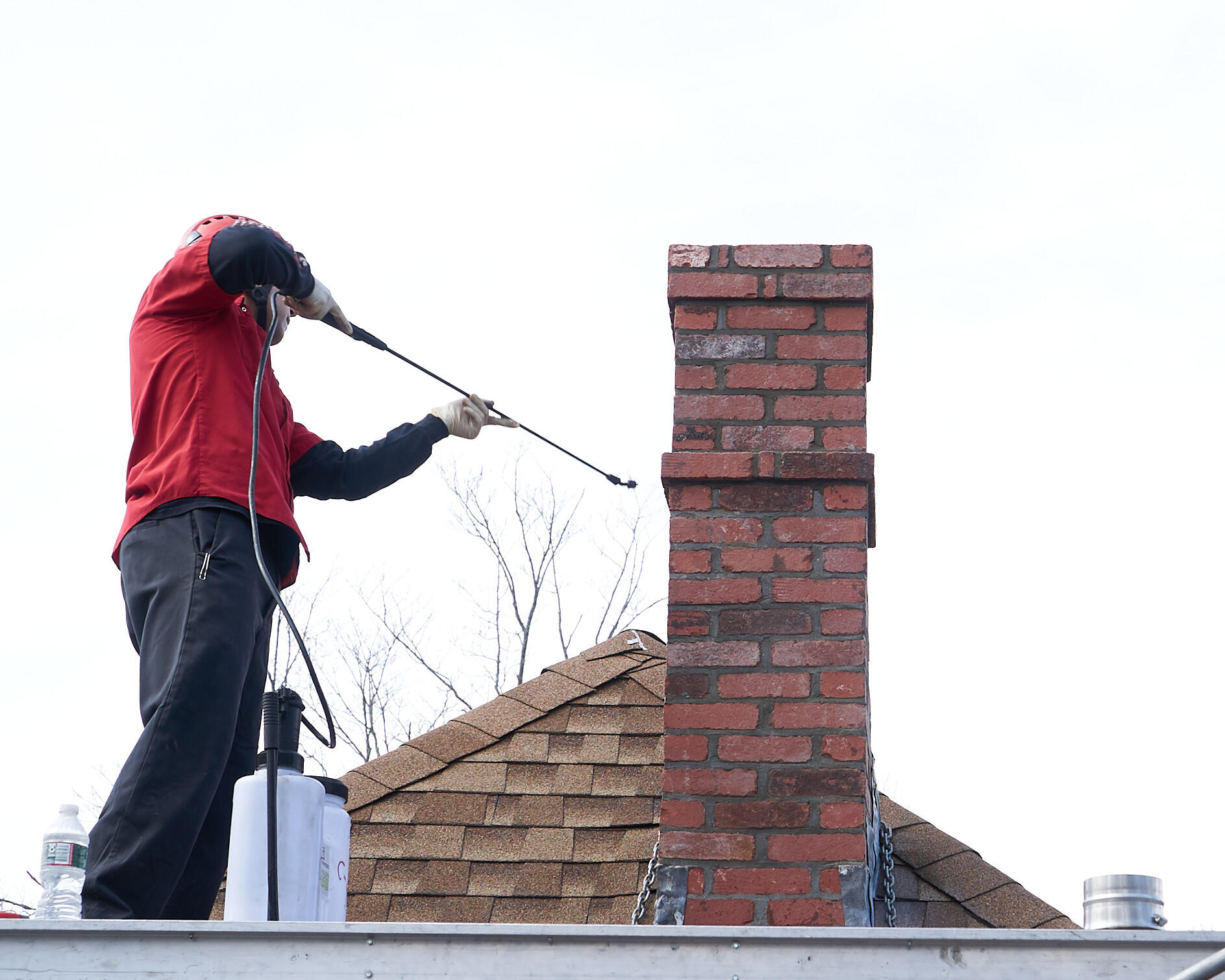
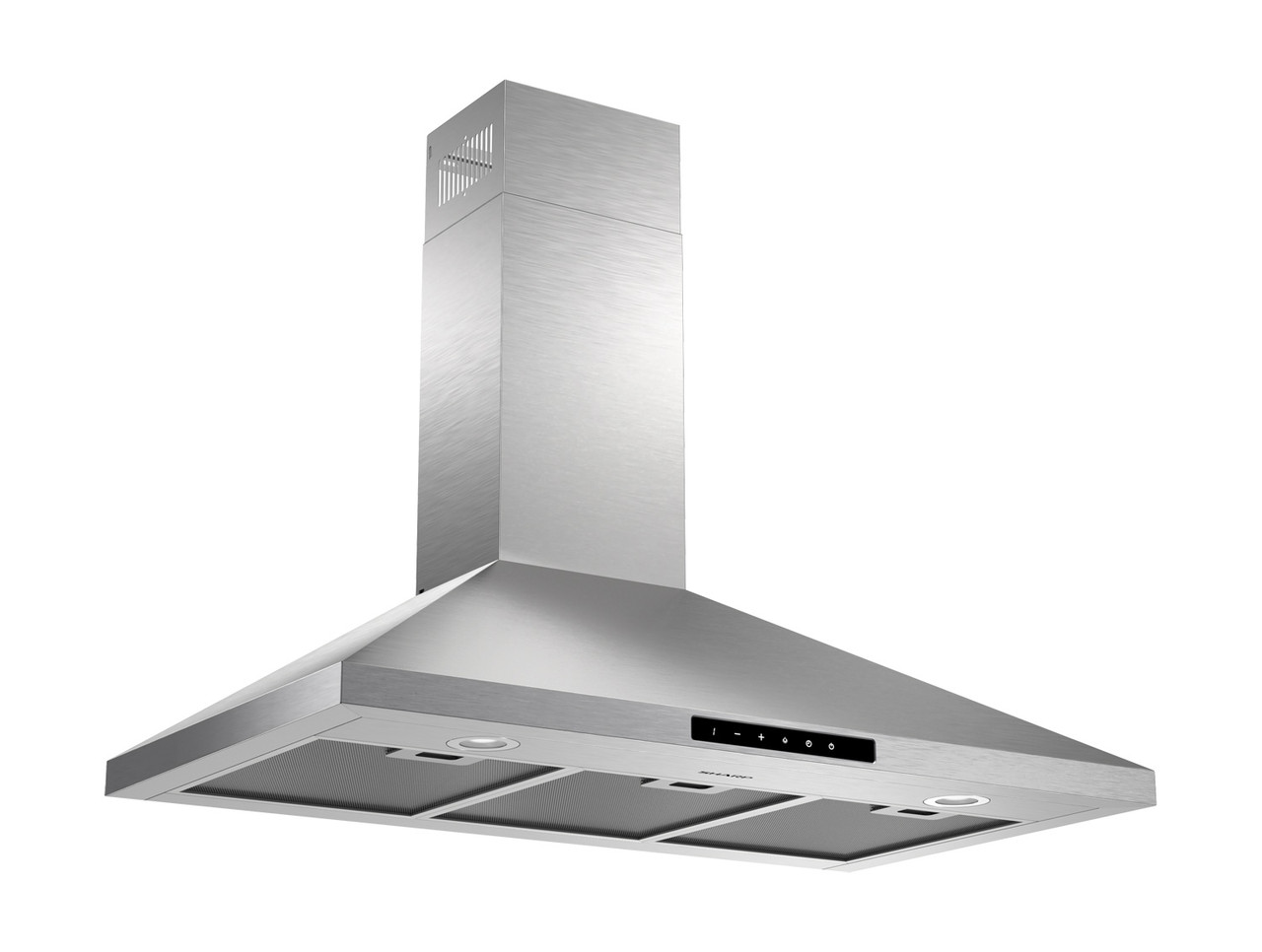
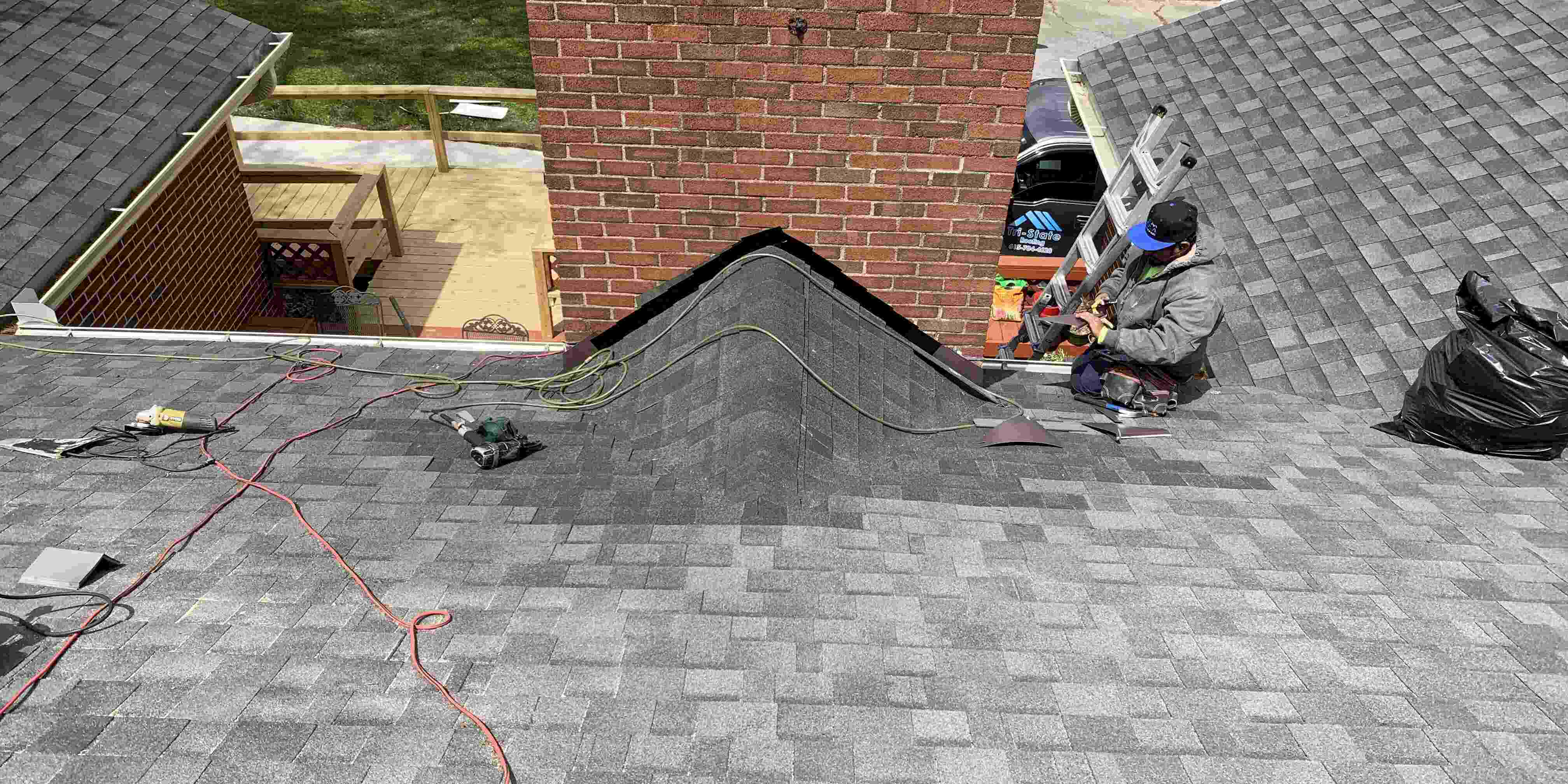
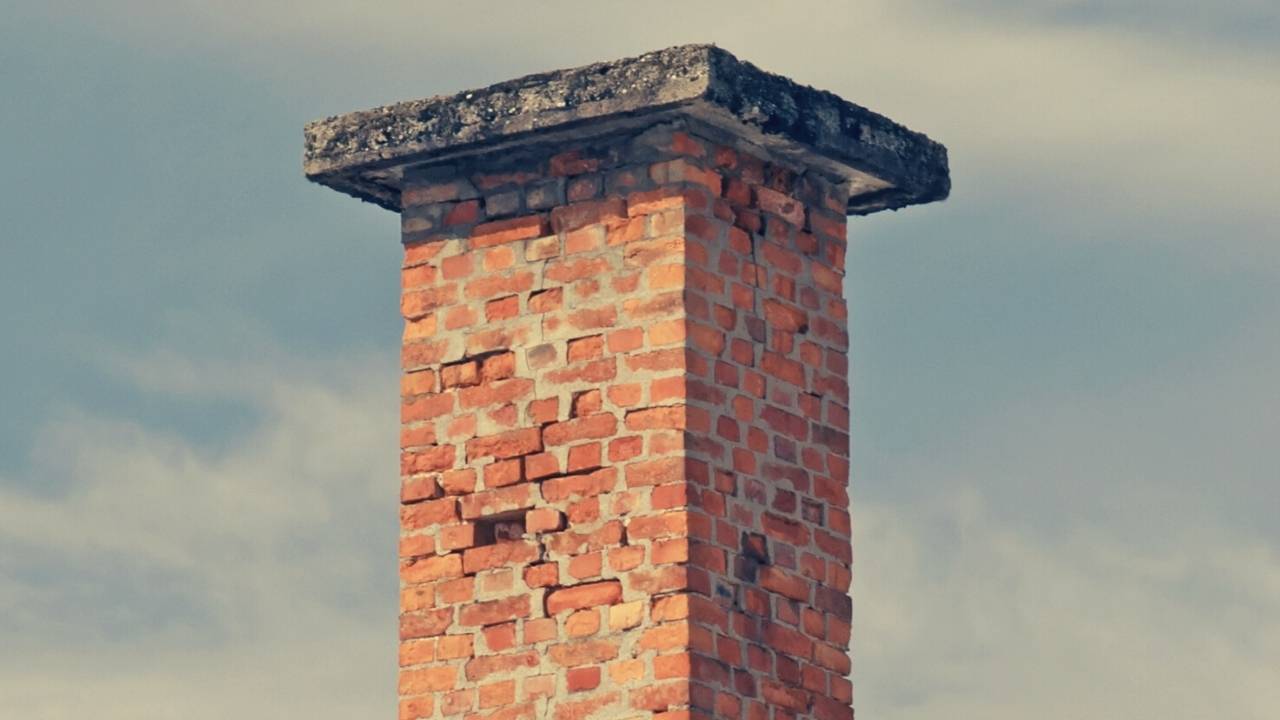
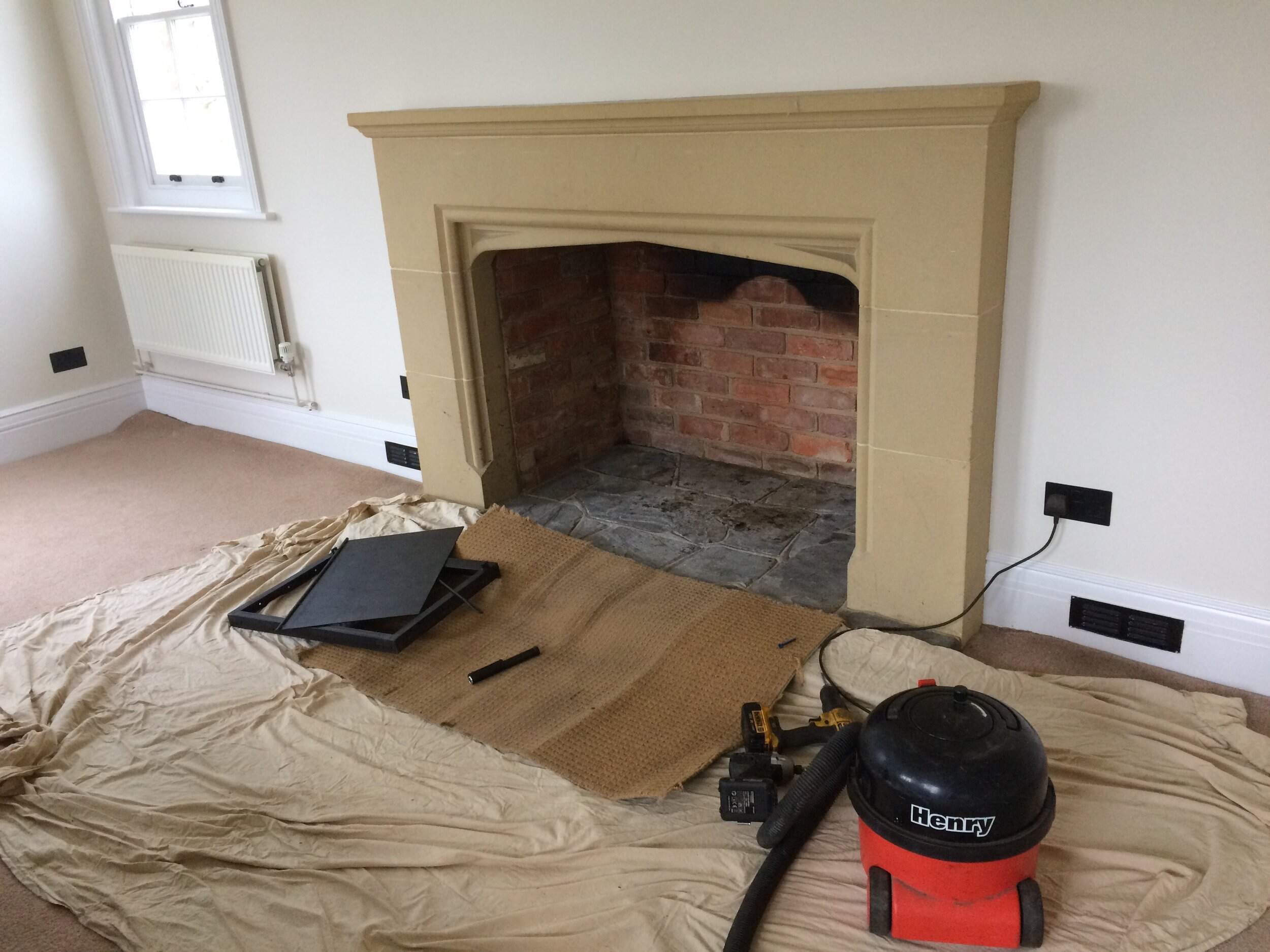
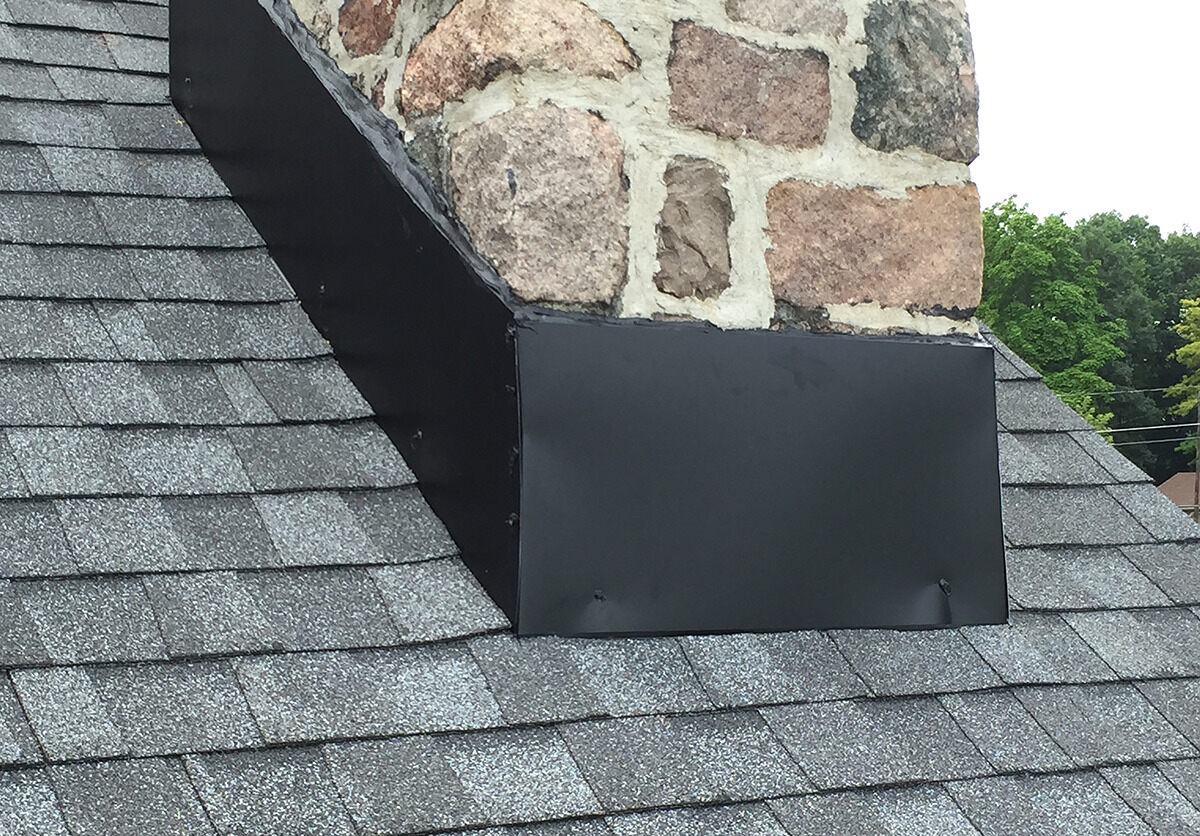
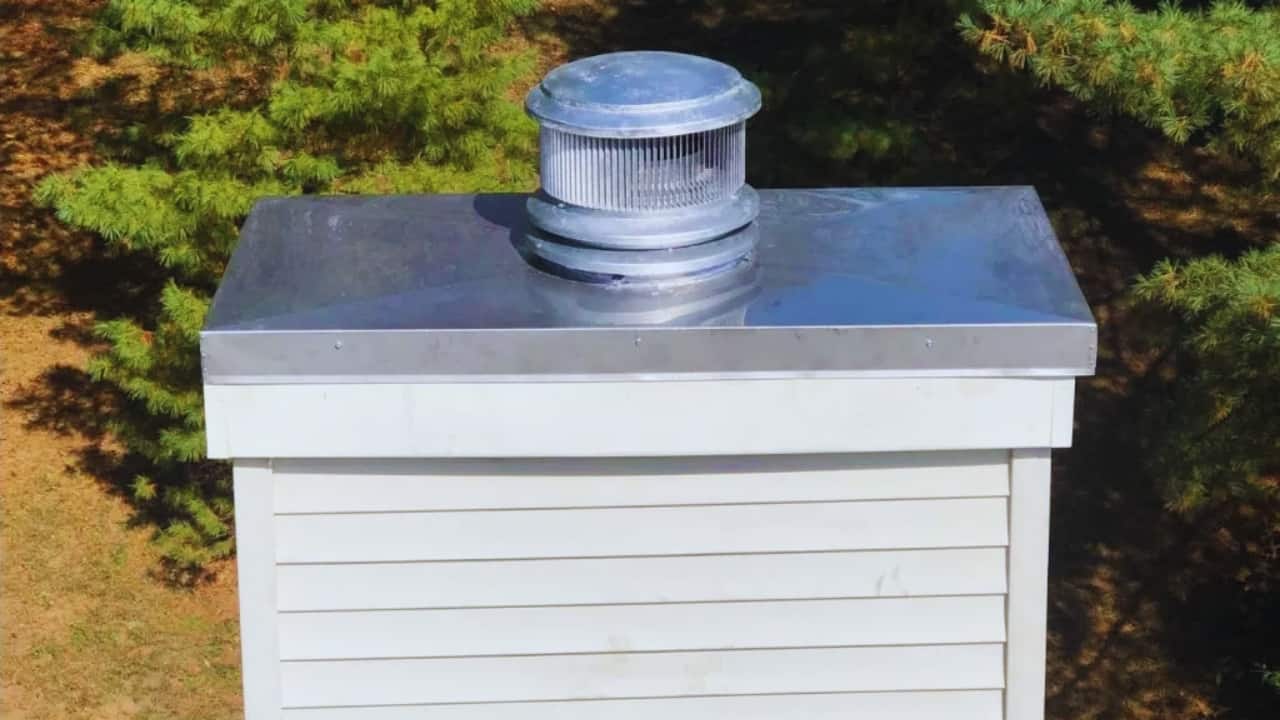

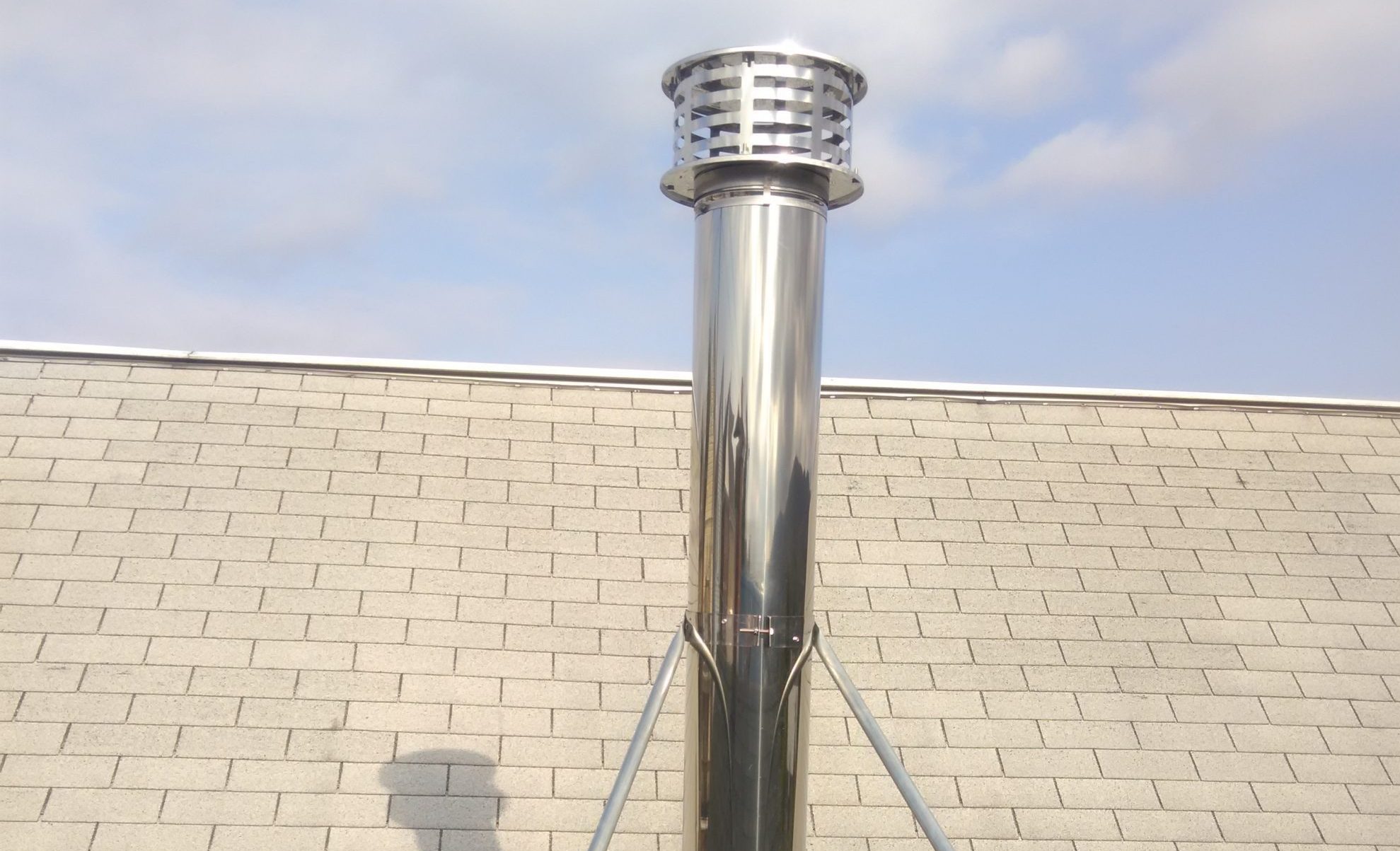
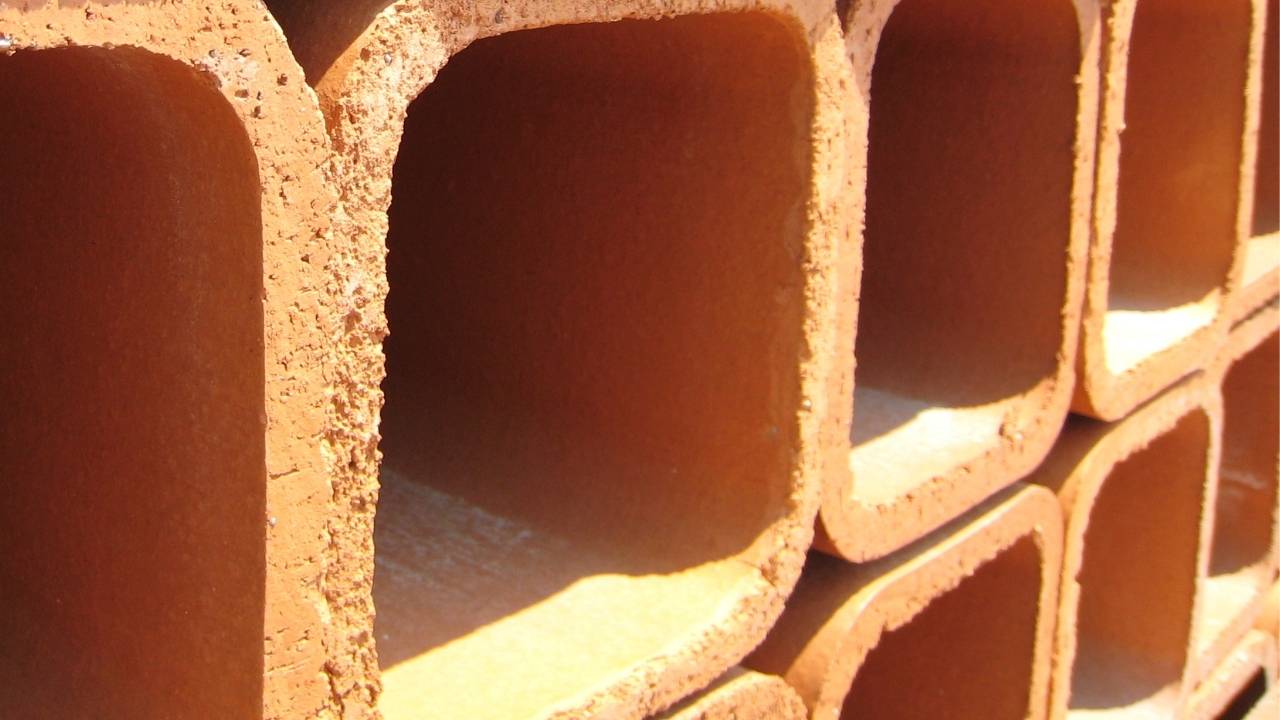
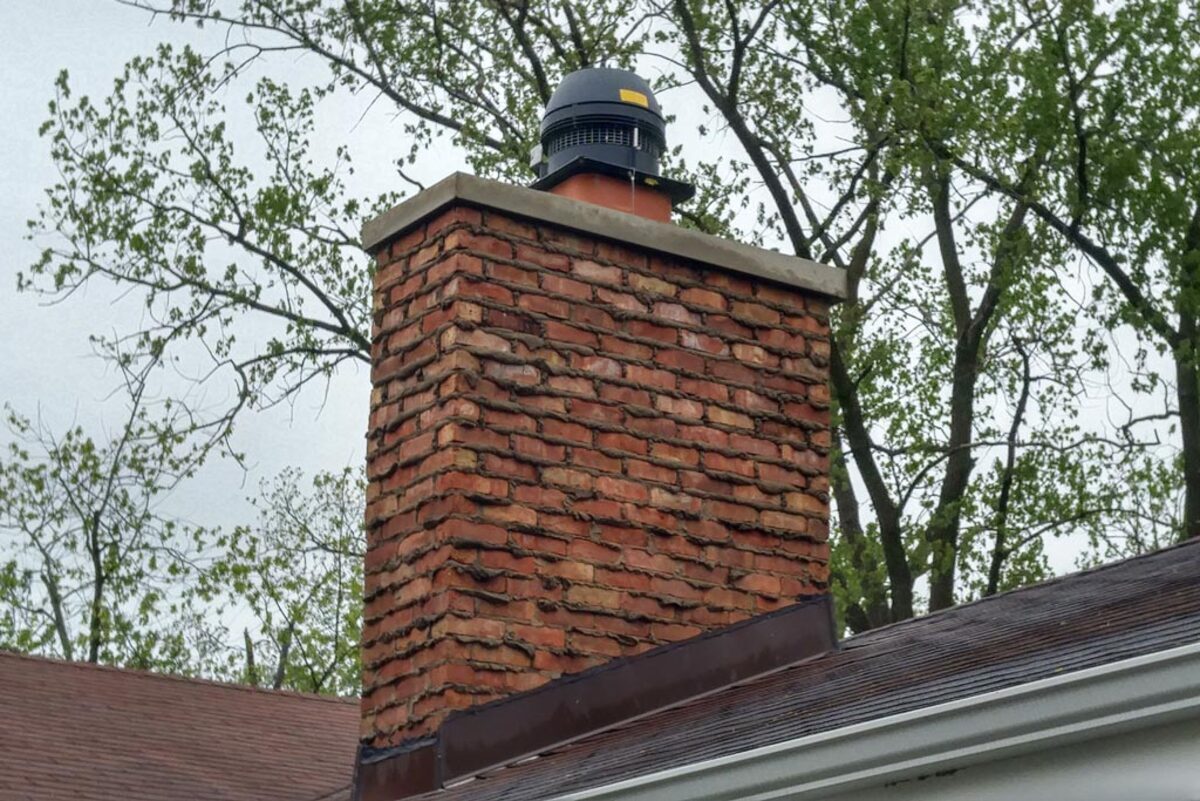

0 thoughts on “What Is A Chimney Thimble”